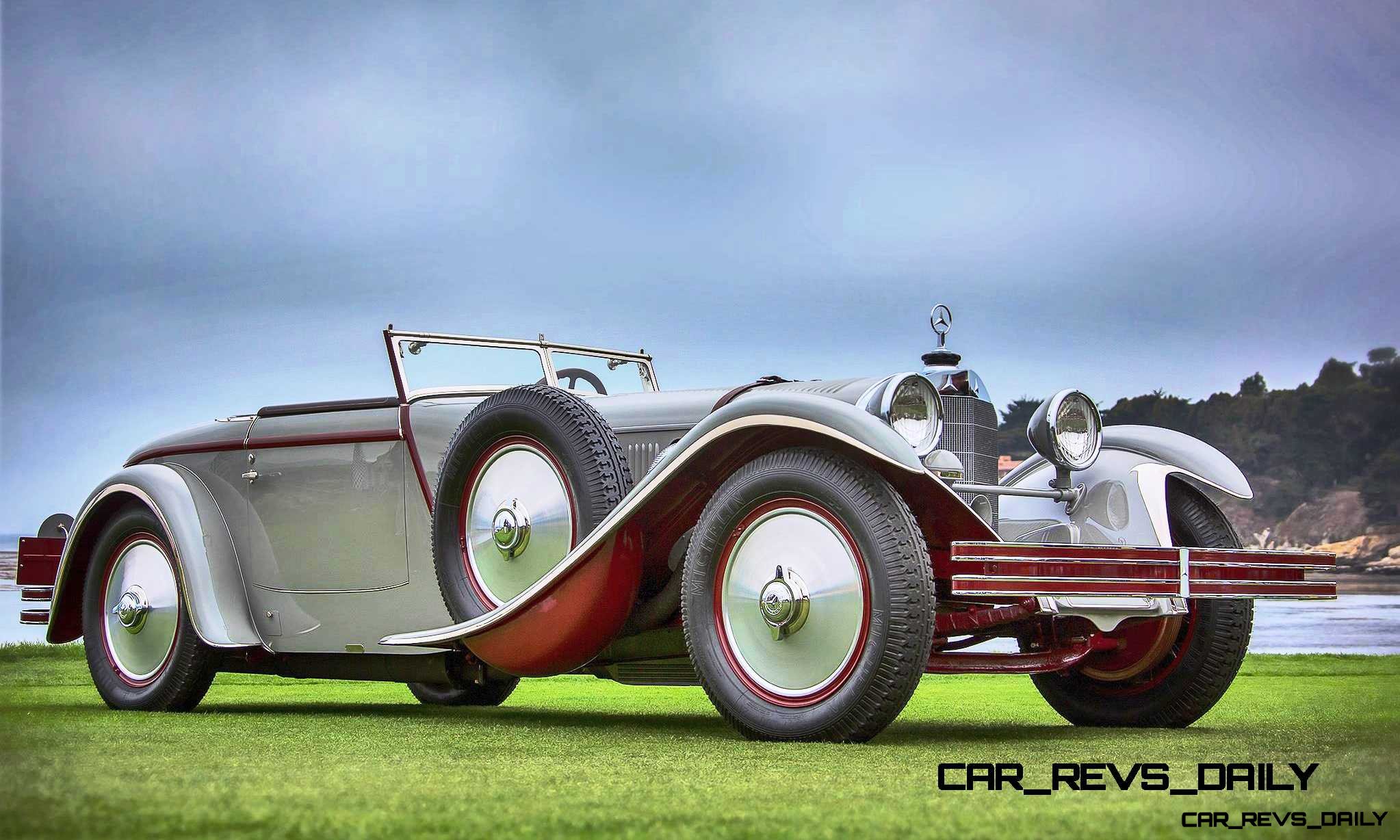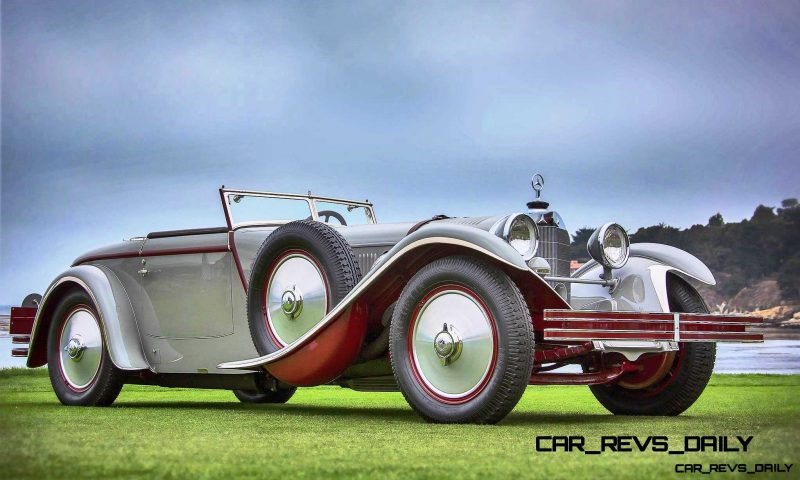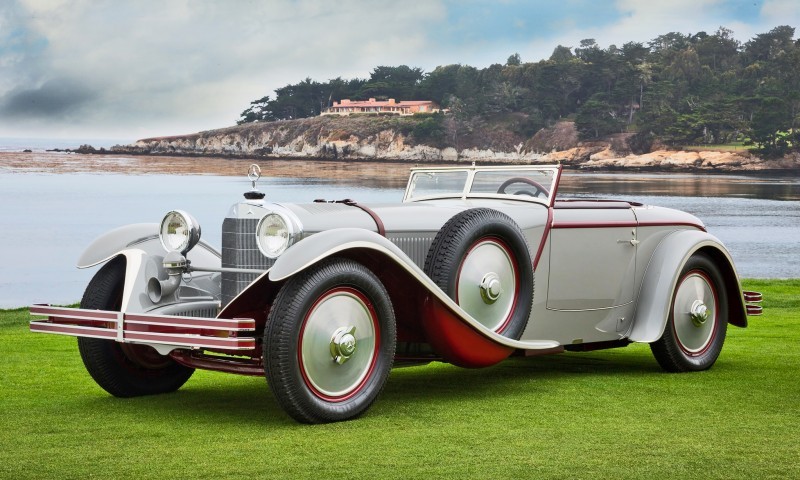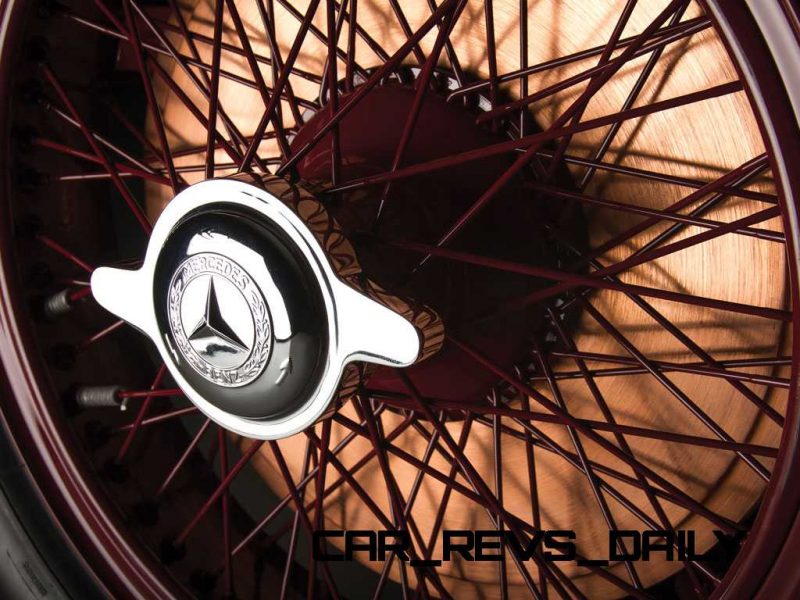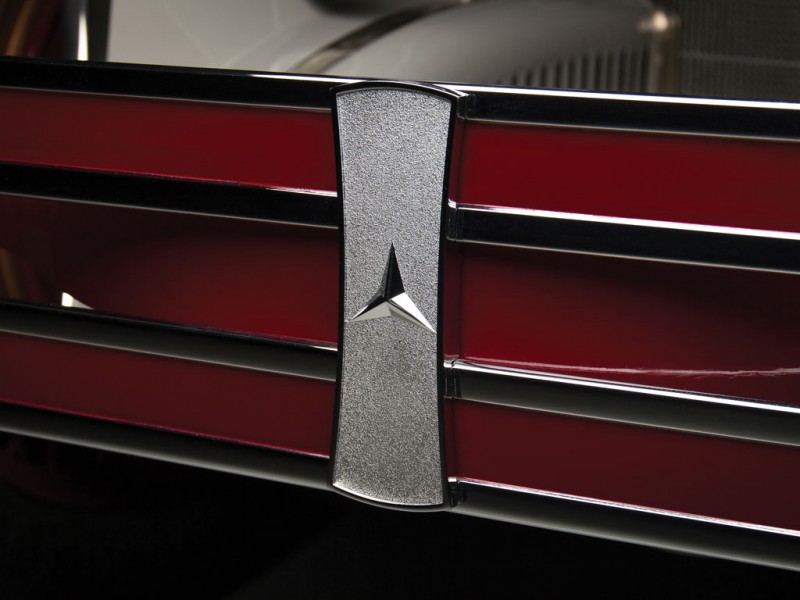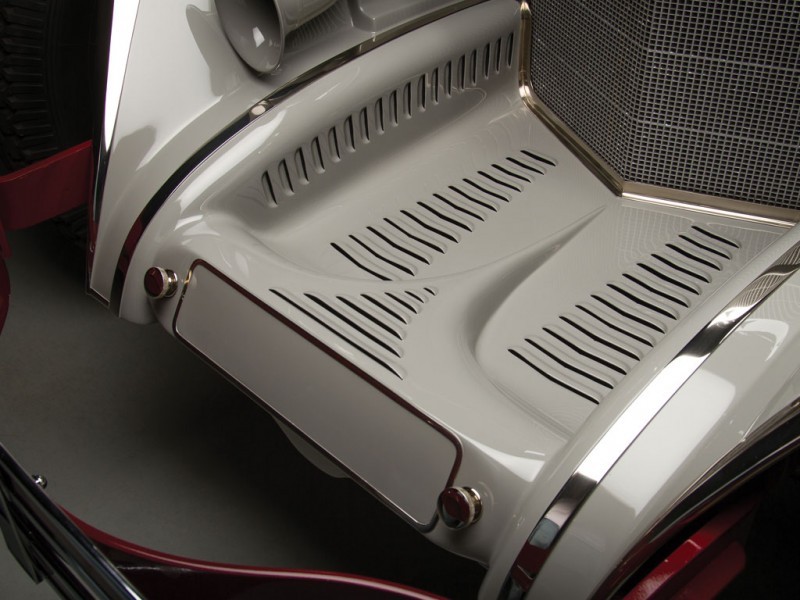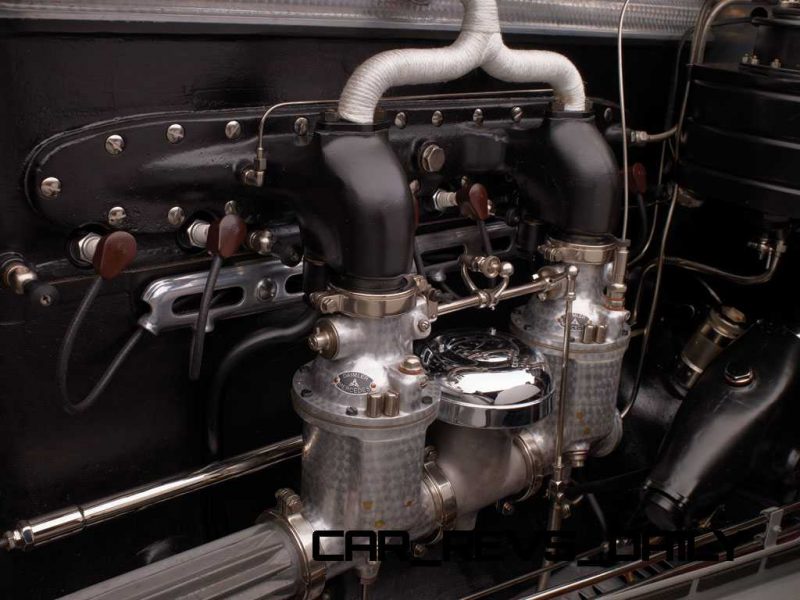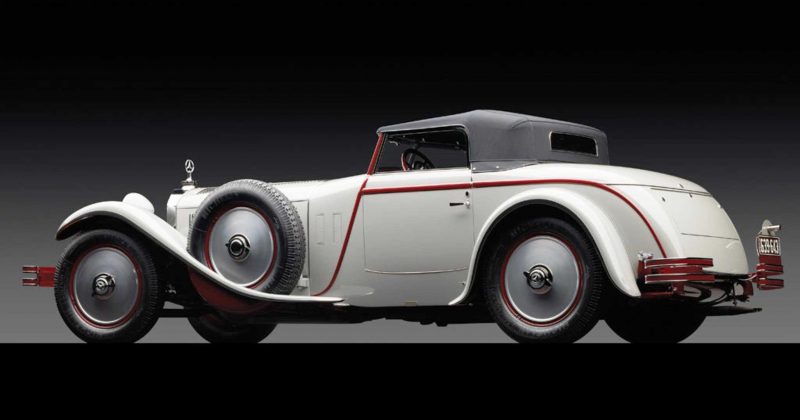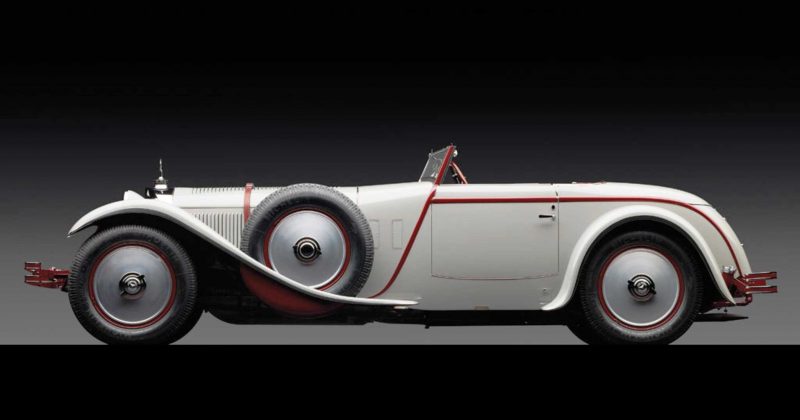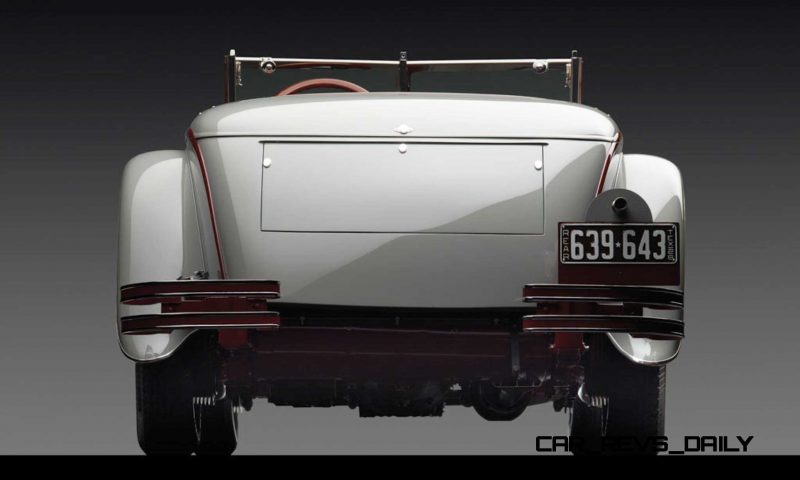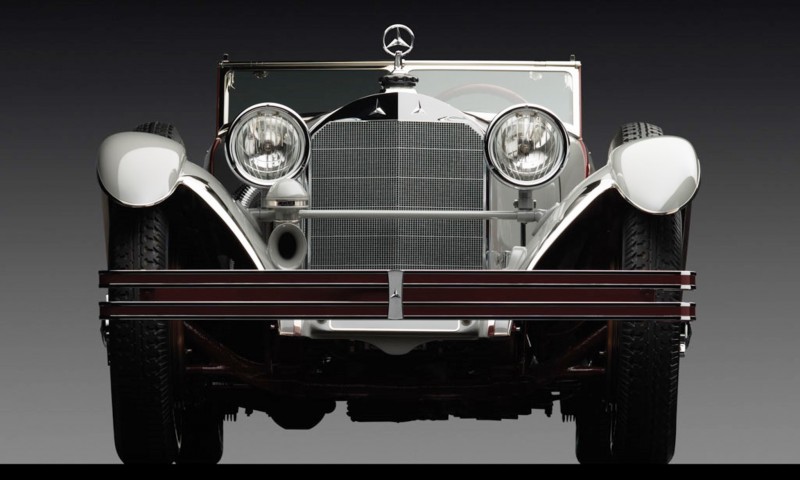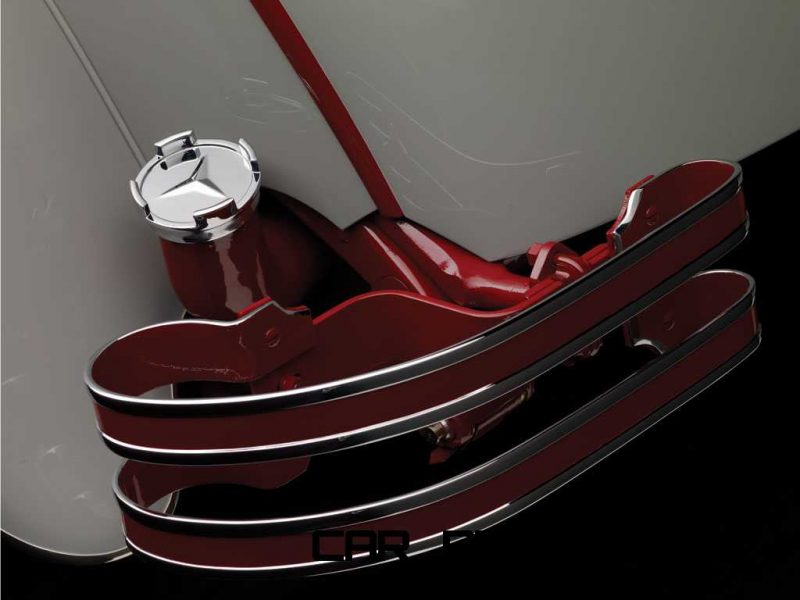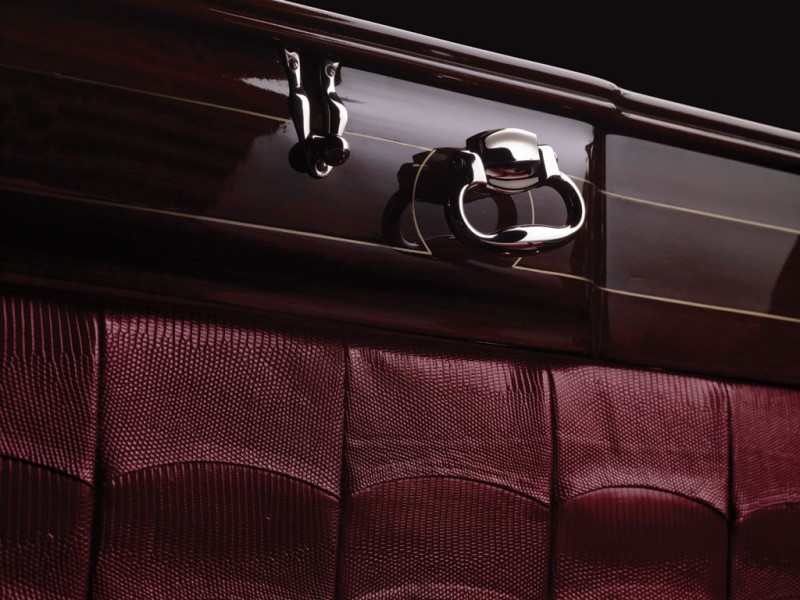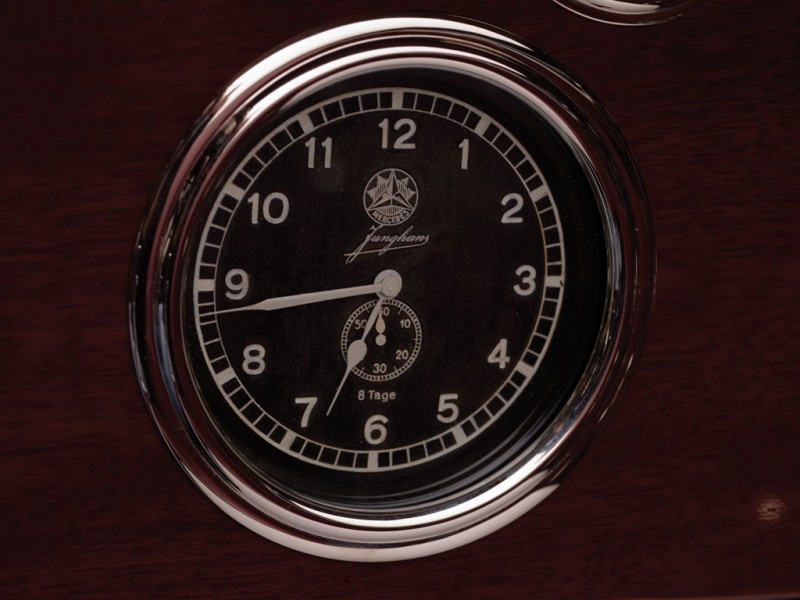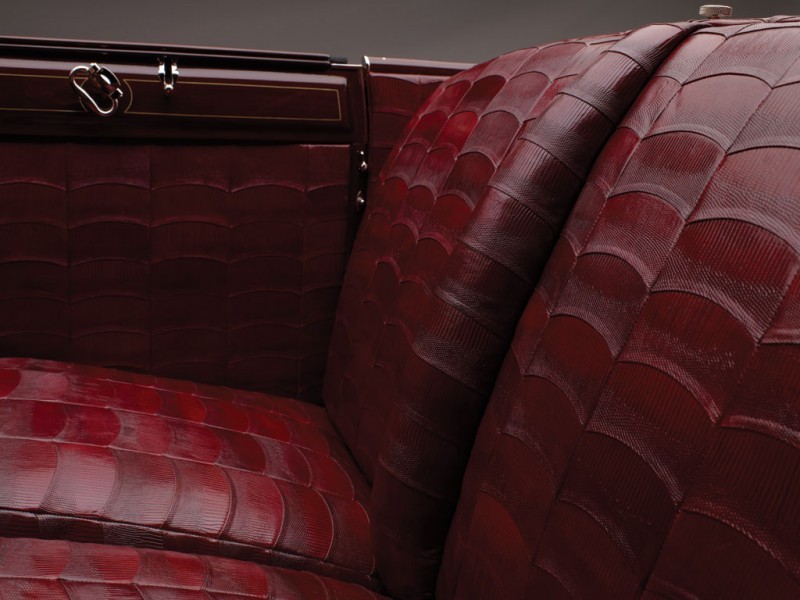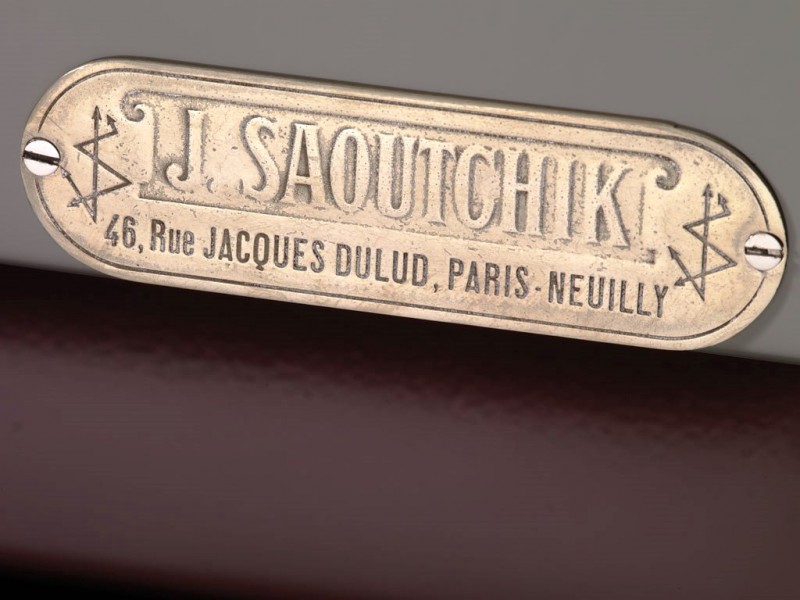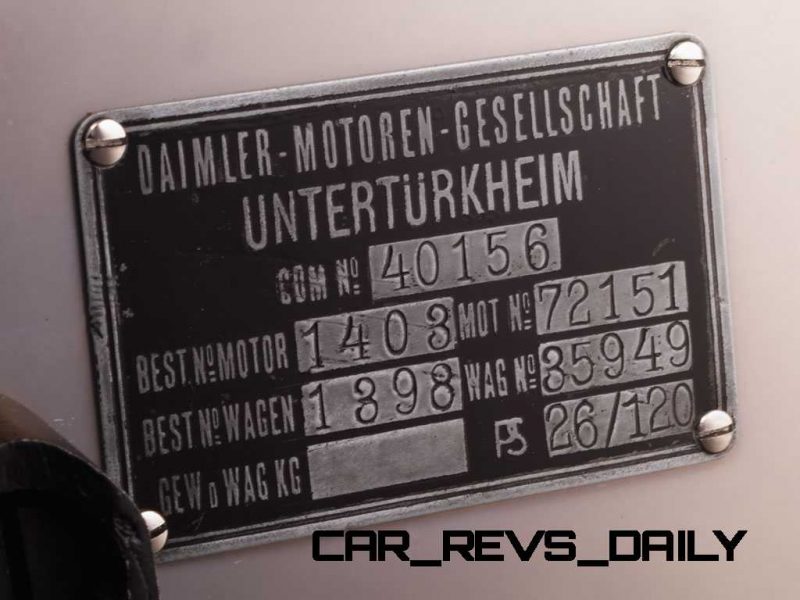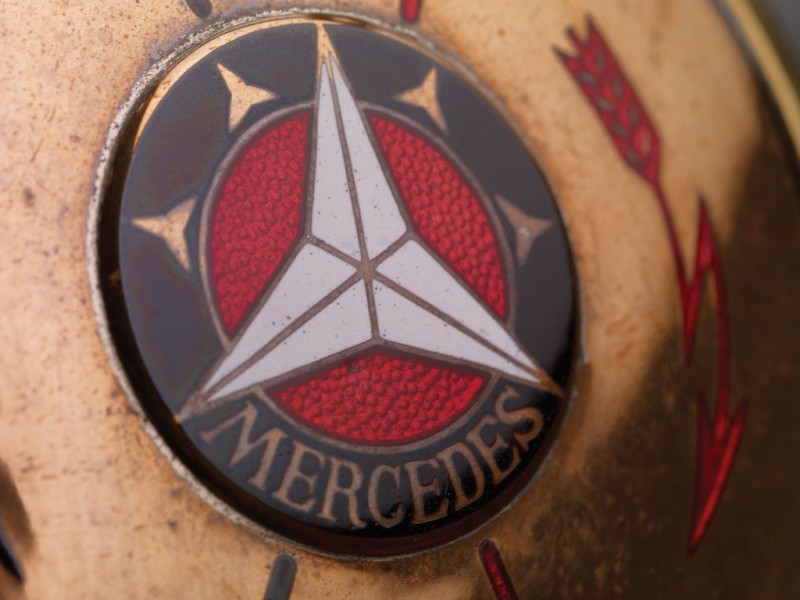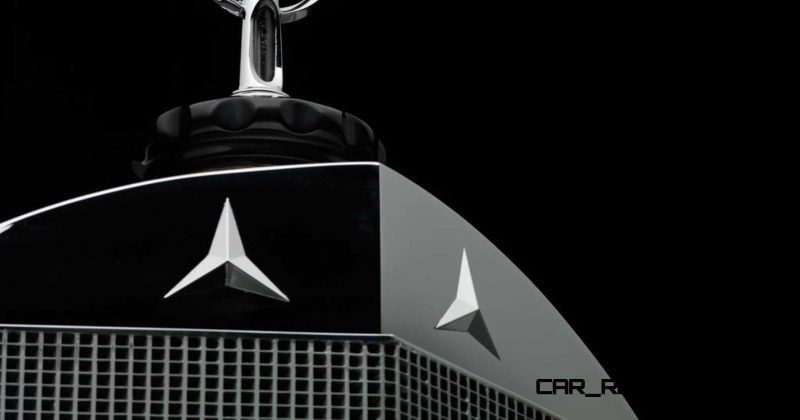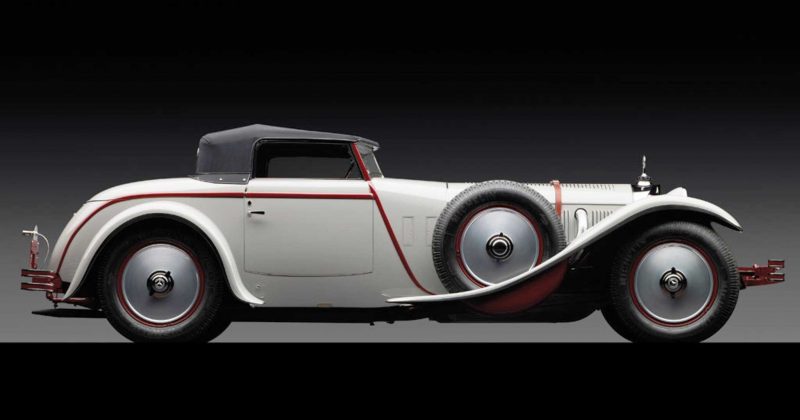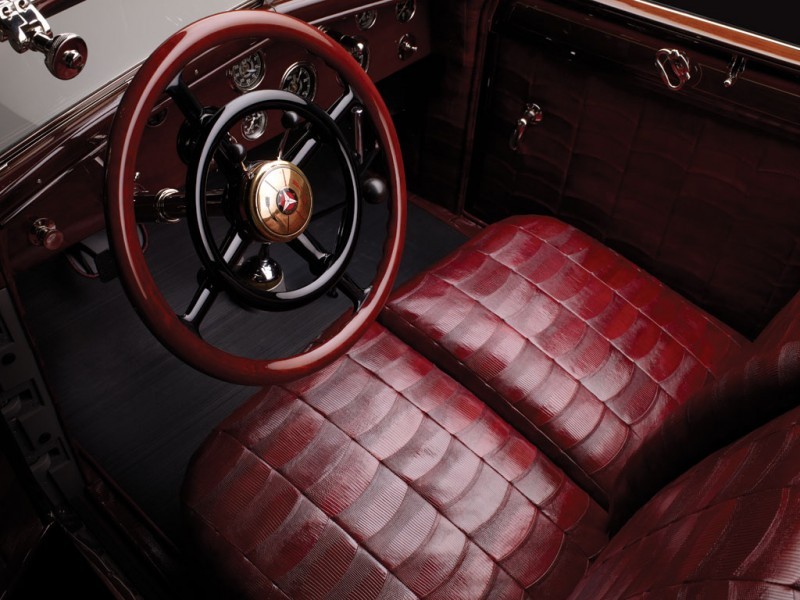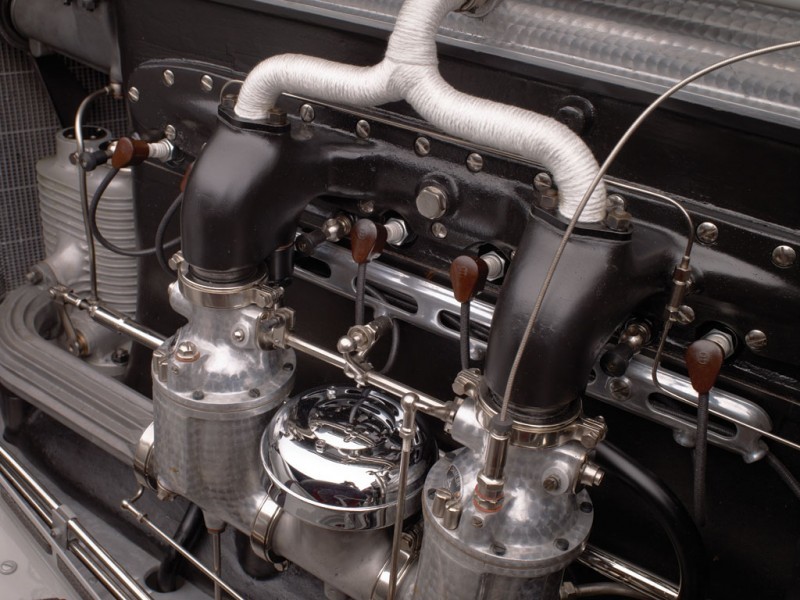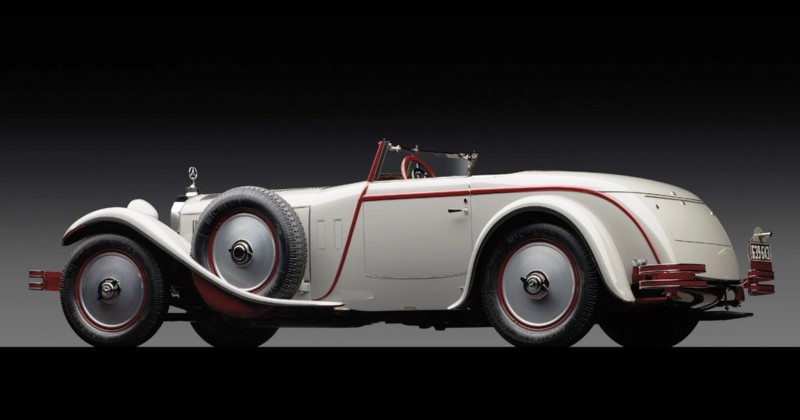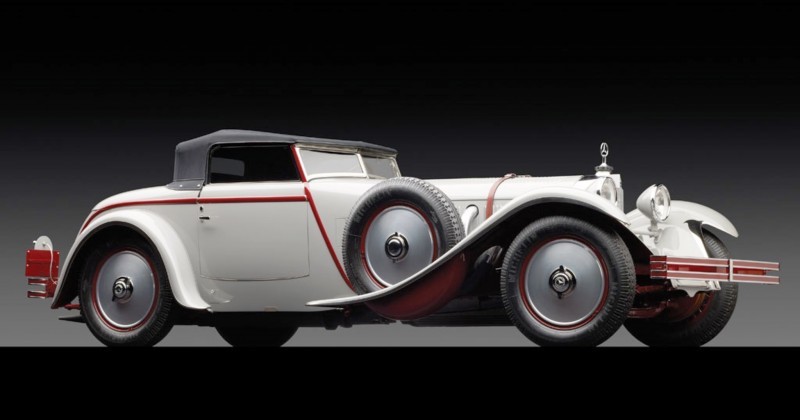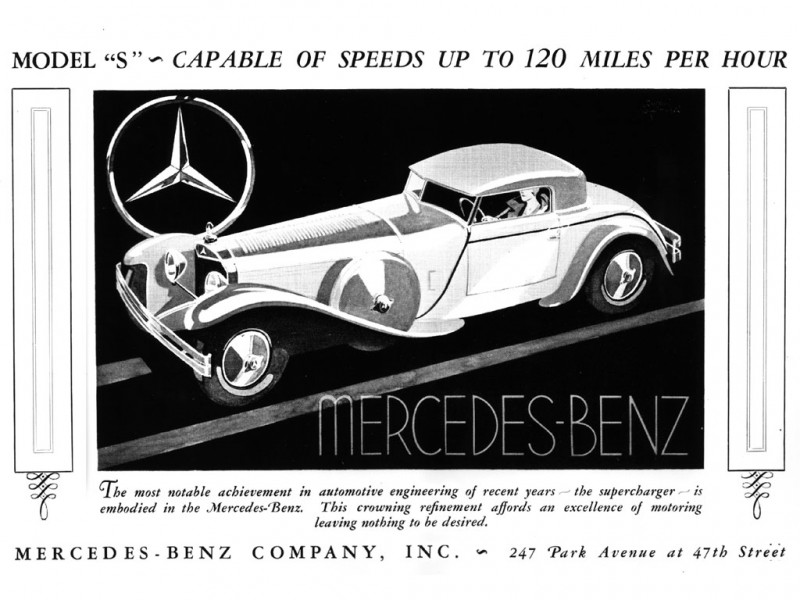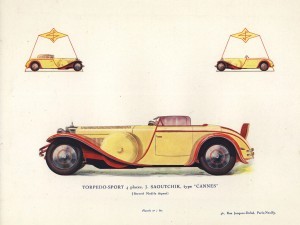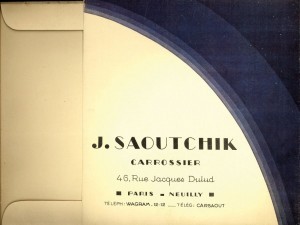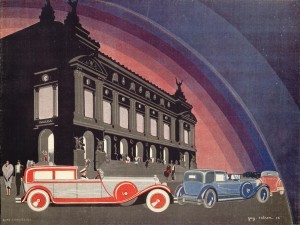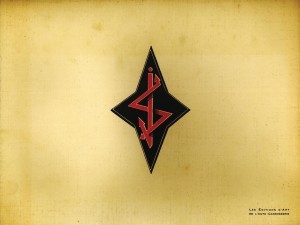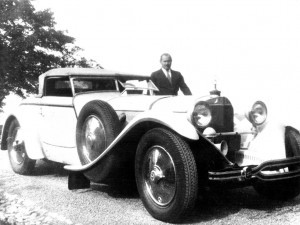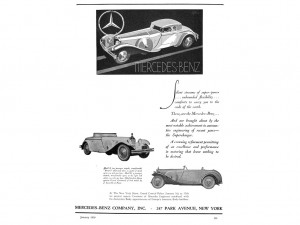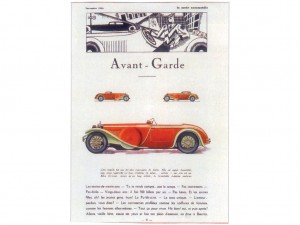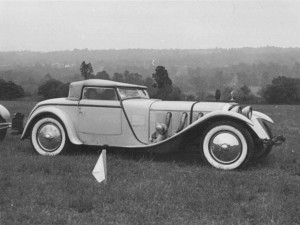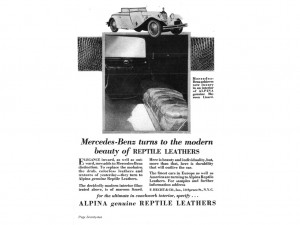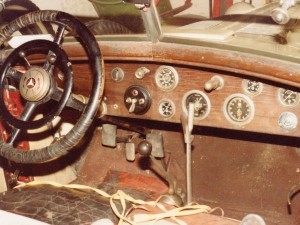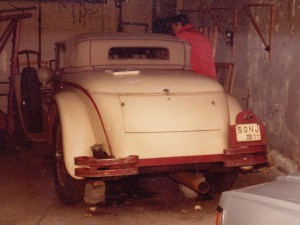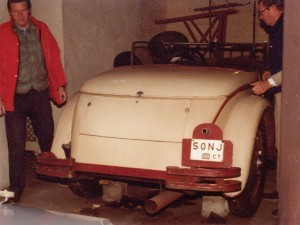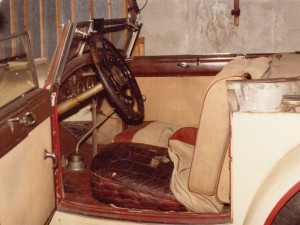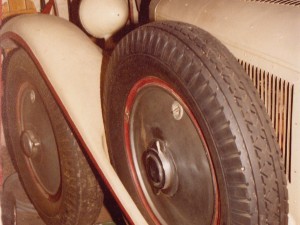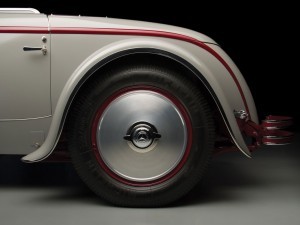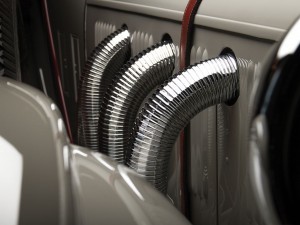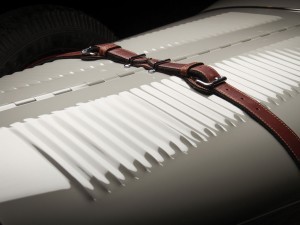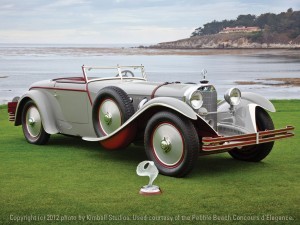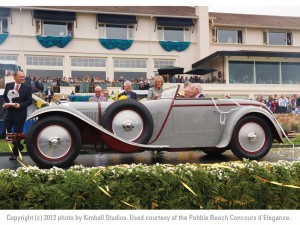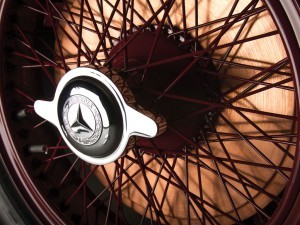Lot 216
1928 Mercedes-Benz 680S Torpedo Roadster by Carrosserie J. Saoutchik
To be auctioned on Saturday, August 17, 2013
Sold for $8,250,000
- Chassis no. 35949
- Engine no. 72151
- Body no. 1713
- Commission Number 40156
- The 2012 Pebble Beach Best of Show winner
- Meticulous restoration by Paul Russell and Company
- Displayed at the 1929 New York Auto Salon
- One of only three short-windshield examples built and the only known survivor
In an era when the Ford Model T was selling one million units per year on average, there was an alternate world of exclusive automobiles. Born out of the age of custom horse-drawn coaches, it was one of high fashion and fine engineering. One in which the elite could custom order the car of their dreams with a bevy of fine materials, many of which were sourced from colonies around the world. Many of these cars would go on to be exhibited by their owners at famed Concours d’ Elegance. These events were not only a showcase for the automobiles, but also for the high fashion of the day.
The Mercedes-Benz Typ S
Germany’s post-World War I depression necessitated a merger between Daimler and Benz, a process that began in 1925 and was formally consummated on June 26, 1926; the joined companies’ product lines, manufacturing, and management were integrated and rationalized. Most importantly, the marques’ competition in racing ended, and the combined companies’ performance-development efforts were placed squarely behind the Mercedes, resulting in some of the most exciting, famous, and successful automobiles ever built. The immediate result of the renewed focus and the concentration of the engineering talents of Dr. Ferdinand Porsche, Hans Nibel, and Fritz Nallinger was the Mercedes-Benz Typ S. Developed as a successor to the 6,246-cubic centimeter Model K, it was an automobile that would forever establish the credentials of Mercedes-Benz at the pinnacle of high performance luxury automobiles. As the post-war recession faded, it was succeeded by an era of prosperity and a new social freedom, the Jazz Age. The Typ S, developed as a successor to the Model K, was vigorous, powerful, vibrant, and
purposeful. It became a signature of the times and the pinnacle of aspirations that, in the Roaring Twenties, seemed accessible to all.
Displacing 6,789 cubic centimeters, the all-new Typ S engine had larger valves, dual carburetors, a modestly increased compression ratio, and a larger supercharger that delivered 7 psi boost when engaged. Rated 26/120/180 horsepower, the numbers denoting the engine’s taxable, naturally-aspirated, and supercharged horsepower ratings, it owed little more than its single overhead camshaft and six cylinders to the earlier K and its predecessors. The design ingeniously
deals with one of the major problems of 1920s automobiles, flexible chassis. For the S, the Mercedes team designed a “unit” engine and transmission with rigid mounts, providing cross bracing and a jointed torque tube drive to the back axle. The massive powerplant contributed its own rigidity to the chassis structure, which was completely revised.
The frame rails now kicked up over both the front and rear axles, with semi-elliptic leaf springs at all corners. The radiator was lowered, making it barely higher than the massive engine, which was moved a foot to the rear for better weight distribution. Despite the refined, massive construction, the Typ S rolling chassis was 510 pounds lighter than the K. Further, the Typ S, with its seven-tier radiator, had a 3½-inch lower hood and a much sleeker profile than the later Typ SS model, which used a higher eight-tier radiator.
Fitted with streamlined, lightweight, two- and four-seat open coachwork from Sindelfingen and Europe’s finest coachbuilders, it was a sports car for select, successful owners who prized quality, flair, and performance above all else. It also was exclusive, with only 124 Typ S and 114 Typ SS built.
Carrosserie J. Saoutchik
This 1928 Mercedes-Benz 680S, complete with its low-slung torpedo roadster body by Carrosserie J. Saoutchik, of Paris, is a perfect example of coachbuilding of the late 1920s. It showcases some of the more exotic materials available to the coachbuilders of the day. The hides used to create the lizard skin interior were supplied by Alpina, a company that sourced products from the French colonies in Southeast Asia. The beautiful trim wood, known as Purpleheart, was also sourced out of the French colonies in South America.
The engineering of the Mercedes-Benz S chassis provided the perfect platform for Saoutchik’s rakish designs. Born Iakov Saoutchik in the Ukraine, he founded his eponymously named firm in 1906, in Neuilly-sur-Seine. A cabinet maker by trade, he quickly found success as a custom
coachbuilder. Establishing himself by creating stylish designs coupled with high-quality workmanship, he took many risks with design and materials. Nicknamed the “Viollet-le-Duc,” after a famously creative French architect, he was obsessed by form and often used brightwork appliqué to highlight the strong lines of his coachwork. His background as a cabinet maker is evidenced in the tight tolerances and body panel fits that can be seen on his creations. One of his favored design features, the disappearing top, provides an elegant and innovative solution to hide the convertible top.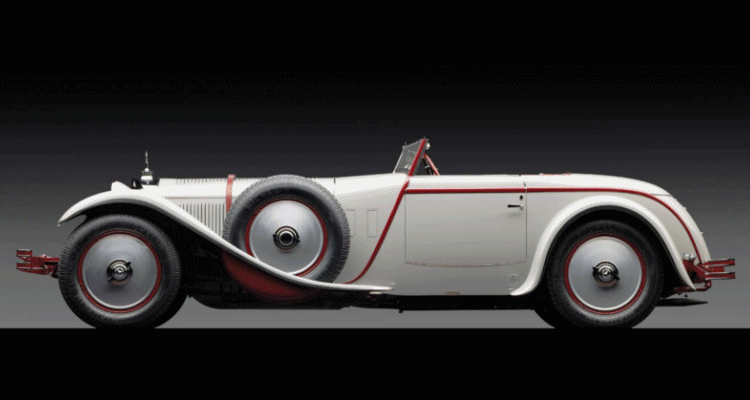

Tom Burkart is the founder and managing editor of Car-Revs-Daily.com, an innovative and rapidly-expanding automotive news magazine.
He holds a Journalism JBA degree from the University of Wisconsin – Madison. Tom currently resides in Charleston, South Carolina with his two amazing dogs, Drake and Tank.
Mr. Burkart is available for all questions and concerns by email Tom(at)car-revs-daily.com.

